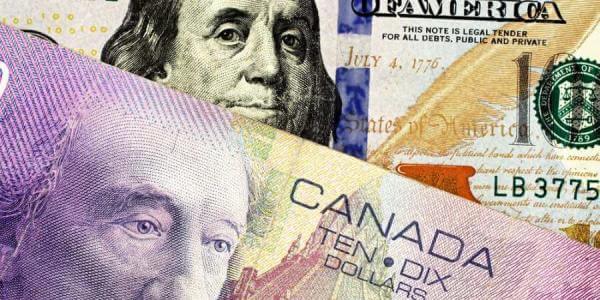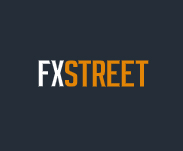USD/CAD stays below 1.3950 due to potential widening of US-Canada yield spread

USD/CAD weakened as April’s Consumer Price Index data missed expectations, triggering a shift in market sentiment.
Headline US CPI increased by 2.3% year-over-year in April, down from 2.4% in March and below forecasts.
IPSOS Consumer Confidence Index dropped to 47.70 in April from 48.20 in March, marking its lowest level since July 2024.
USD/CAD remains subdued for the second consecutive session, hovering near 1.3930 during early European trading on Wednesday. The US Dollar (USD) lost ground after April’s Consumer Price Index (CPI) figures came in below forecasts, prompting a shift in market sentiment.
The headline CPI rose 2.3% year-over-year in April, slightly down from 2.4% in March and below market expectations. Core CPI, which excludes food and energy, increased 2.8% annually, matching both the previous reading and consensus. On a monthly basis, both headline and core CPI climbed 0.2%. Traders now look ahead to key upcoming US data, including the Producer Price Index (PPI) and the University of Michigan’s Consumer Sentiment Survey, due later this week.
In Canada, consumer confidence continues to weaken. The IPSOS Consumer Confidence Index fell to 47.70 in April from 48.20 in March—the lowest level since July 2024. The decline reflects growing concerns over economic stability amid an ongoing trade dispute with the United States (US), as well as fears surrounding inflation and job security.
Meanwhile, last Friday’s underwhelming Canadian employment data—featuring sluggish job growth and a rising unemployment rate—has reduced expectations for additional rate hikes by the Bank of Canada (BoC). In contrast, markets have scaled back bets on US Federal Reserve (Fed) rate cuts, leading to a widening US-Canada yield spread, contributing downward pressure for the USD/CAD pair.
Crude Oil prices have also contributed to pressure on the commodity-linked Canadian Dollar (CAD). West Texas Intermediate (WTI) Oil price halted its four-day rally and is trading near $63.00 per barrel at the time of writing. Prices edged lower after the American Petroleum Institute (API) reported a surprise build in US crude inventories, with stocks rising by 4.29 million barrels last week—marking the largest increase in six weeks and defying expectations of a 2.4 million-barrel drawdown.
* The content presented above, whether from a third party or not, is considered as general advice only. This article should not be construed as containing investment advice, investment recommendations, an offer of or solicitation for any transactions in financial instruments.


